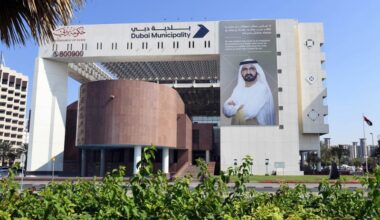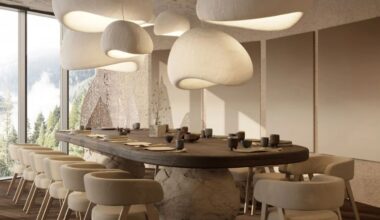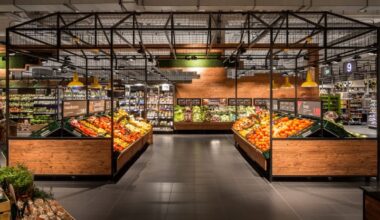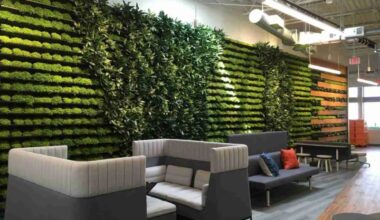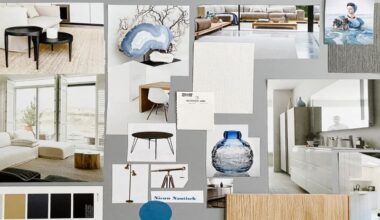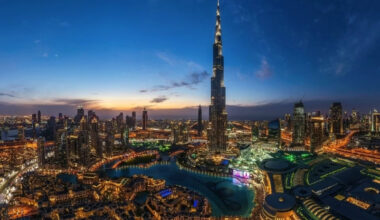The UAE, particularly Dubai and Abu Dhabi, has seen remarkable growth over the past three decades, and this transformation is reflected in its evolving interior design trends.
Each era has brought new design styles, influenced by both local traditions and global trends.
This timeline explores the key interior design movements in the UAE over the past 30 years, showing how these styles have adapted to the nation’s ever-changing architectural landscape.
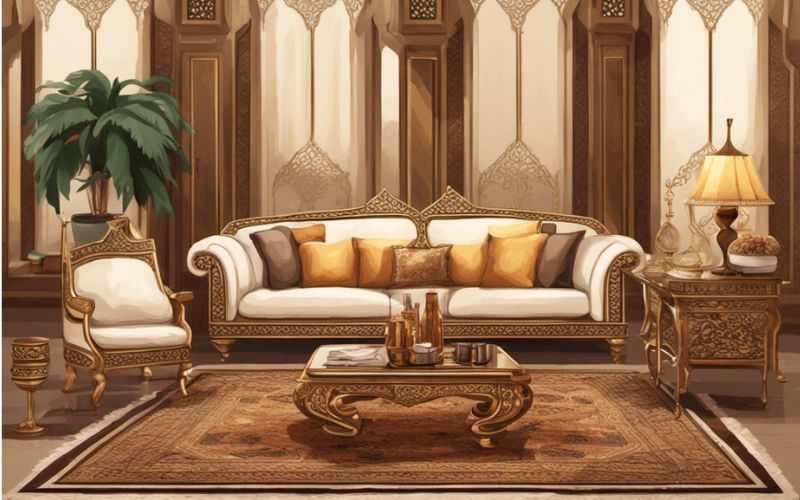
1990s: Traditional Arabic Grandeur
The 1990s in the UAE saw a deep connection to Traditional Arabic design, emphasizing the nation’s rich cultural heritage.
Designs were lavish, characterized by intricate carvings, gold embellishments, marble flooring, and mashrabiya screens.
These styles echoed the grandeur and history of the region, creating spaces that felt both opulent and familiar.
During this period, roughly 40% of the villas built in the UAE embraced traditional Arabic aesthetics.
This trend was particularly prevalent among Emirati families who valued cultural authenticity in their homes.
Additionally, Dubai saw an influx of residents from the broader Middle East, with 25% of new residents during the 1990s hailing from neighboring Gulf countries, further increasing the demand for this style.
High-end materials like marble and gold, which symbolized wealth and tradition, became popular choices, especially in luxury developments across Jumeirah and Emirates Hills.
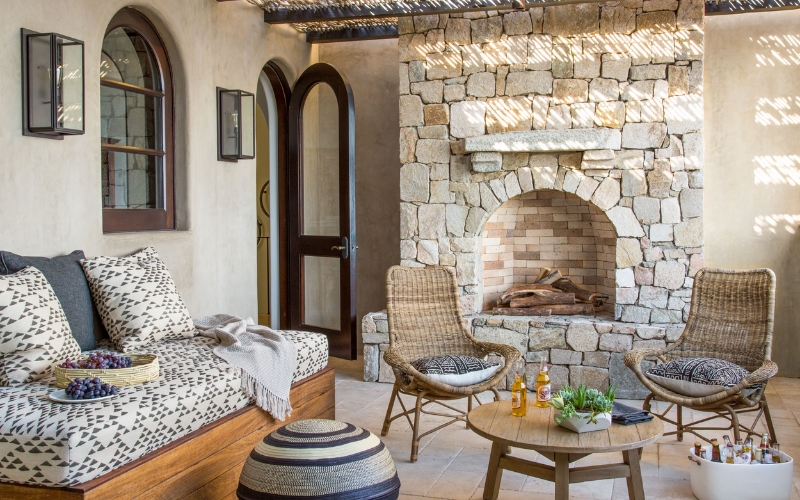
Early 2000s: Mediterranean Influence & Minimalism
As the UAE experienced a construction boom in the early 2000s, particularly along the coastlines, the influence of Mediterranean design grew.
Villas built during this time often incorporated stone walls, arched windows, and terra cotta tiles. These elements, combined with warm color palettes and outdoor courtyards, resonated with the UAE’s sunny climate and the growing expatriate community, particularly Europeans.
By 2005, the UAE’s population had surged, with nearly 20% of new European expatriates coming from Mediterranean regions, particularly from Spain, Italy, and Greece.
This migration played a role in popularizing Mediterranean-style interiors, especially in waterfront villas in areas like Palm Jumeirah and Dubai Marina.
At the same time, urban developments such as Downtown Dubai and Jumeirah Lakes Towers saw a growing adoption of minimalist interiors.
Neutral tones, sleek furniture, and open-plan living became the norm in these high-rise apartments, appealing to a younger, professional demographic.
By 2008, around 30% of new apartment interiors in these areas featured minimalist designs, reflecting a shift towards efficiency and simplicity in the city’s growing residential highrise communities.
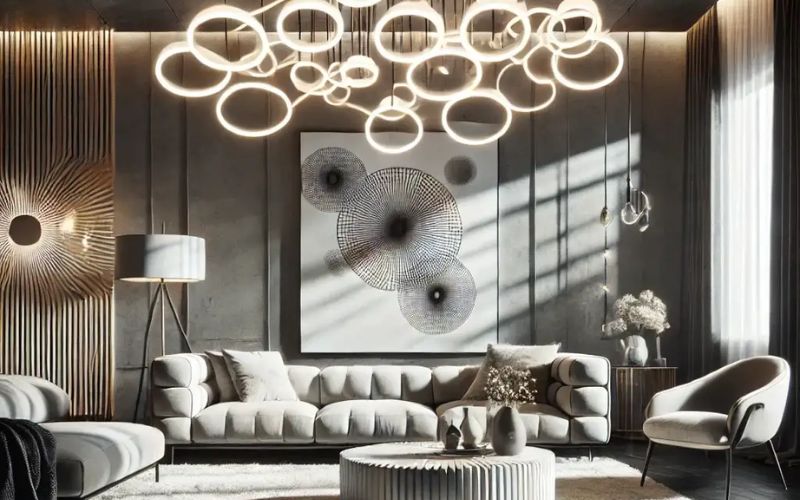
2010s: Contemporary Fusion & Tech Integration
The 2010s were marked by a fusion of design influences and the rise of contemporary interiors.
This decade saw a mix of minimalism and luxury, with designers incorporating high-gloss finishes, glass walls, and statement lighting to create modern, high-end spaces.
This era also witnessed a significant influx of expatriates from Western Europe, particularly from the UK and France.
Consequently, contemporary interiors became the preferred choice for high-net-worth individuals moving to exclusive areas like Dubai Hills and The Springs, where around 40% of new villas started embracing contemporary aesthetics.
Additionally, smart home technology became more integrated into interior designs.
By 2019, over 60% of newly constructed luxury properties in Dubai included smart features like automated lighting and security systems, making tech-infused design a key driver of innovation in the interior design space.

2020s: Biophilic Design & Futurism
The 2020s have brought a strong focus on biophilic design, an approach that integrates natural elements into interior spaces.
Living walls, indoor gardens, and natural materials such as wood and stone have gained immense popularity, with a focus on improving the well-being of residents.
As of 2024, more than 45% of new build residential developments in the UAE incorporated biophilic elements into their designs, with sustainable and eco-friendly features appealing to both locals and expatriates alike.
The increasing popularity of this style aligns with global trends prioritizing health and environmental responsibility.
Reports suggest that around 20% of UAE residents are now consciously opting for biophilic design features to create a calming and productive living environment.
In parallel, futuristic minimalism has continued to rise, driven by the UAE’s desire to position itself as a hub for innovation and modern living.
In 2023, nearly 35% of high-end apartments in Dubai featured sleek, minimalistic designs paired with cutting-edge smart home technology, appealing to the country’s affluent, tech-savvy residents.
Looking Ahead to 2025 and Beyond
As the UAE continues to evolve, several trends are emerging on the horizon.
Upcoming interior design trends in the UAE are closely aligned with the nation’s goals of sustainability, innovation, and well-being as outlined in the UAE Vision 2021 and Centennial 2071.
Eco-friendly materials like reclaimed wood and natural stone are increasingly popular as sustainable development gains priority.
At the same time, smart home technology and AI-driven designs are becoming a hallmark of modern living spaces, with a focus on energy efficiency and convenience.
By 2026, 60% of new luxury homes are expected to integrate these technologies.
In addition, biophilic design will likely continue to be shaping the future of interiors, incorporating greenery, natural light, and water features to enhance wellness.
